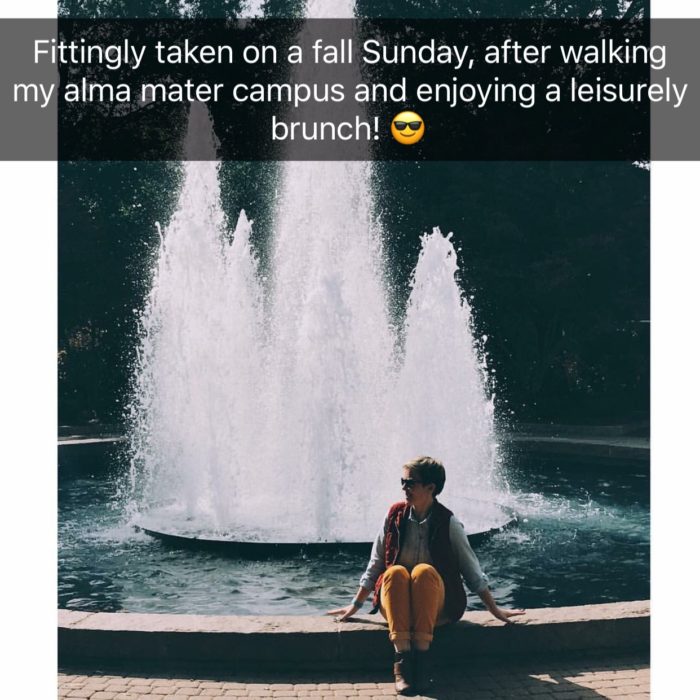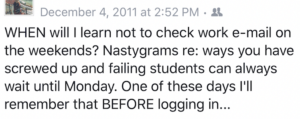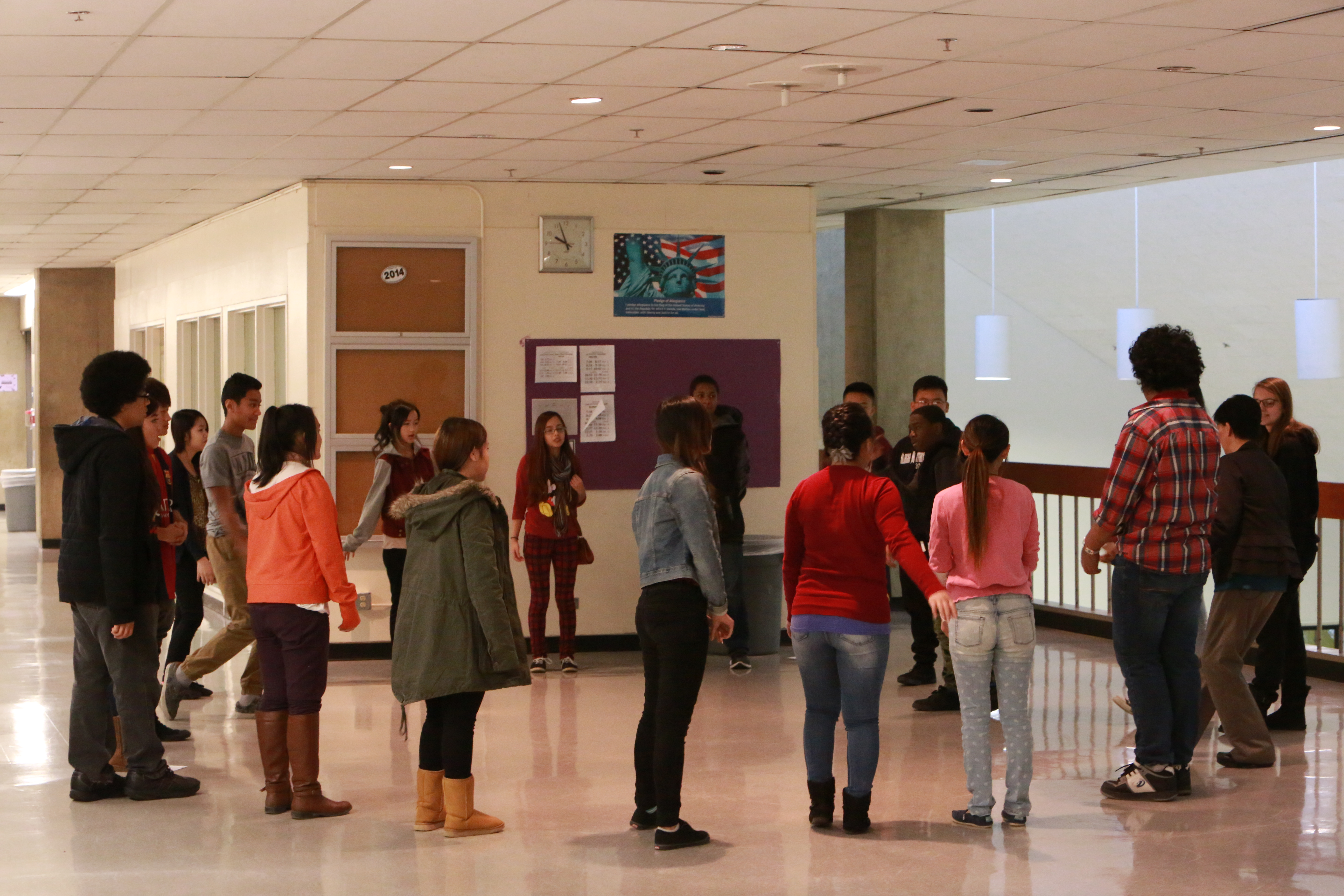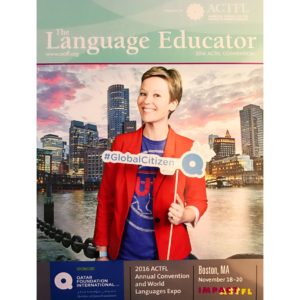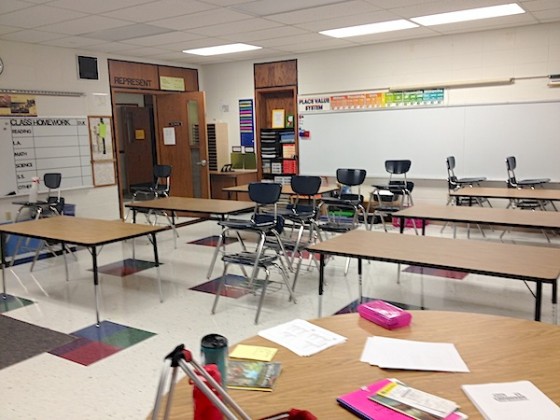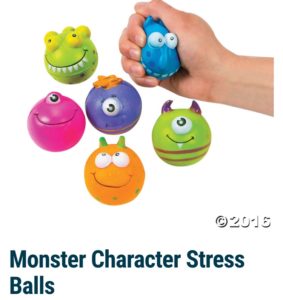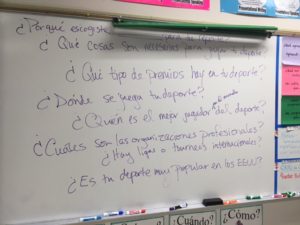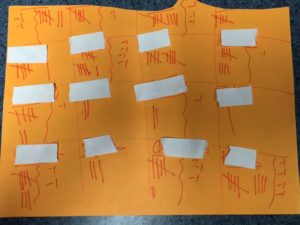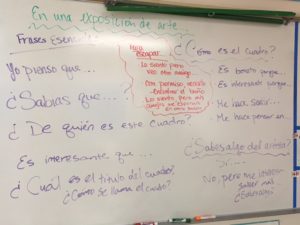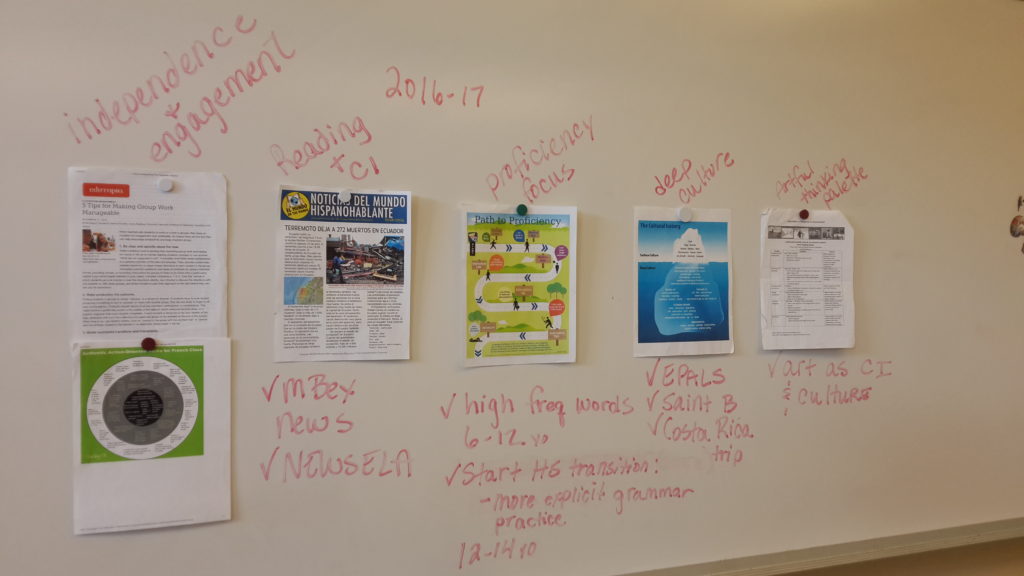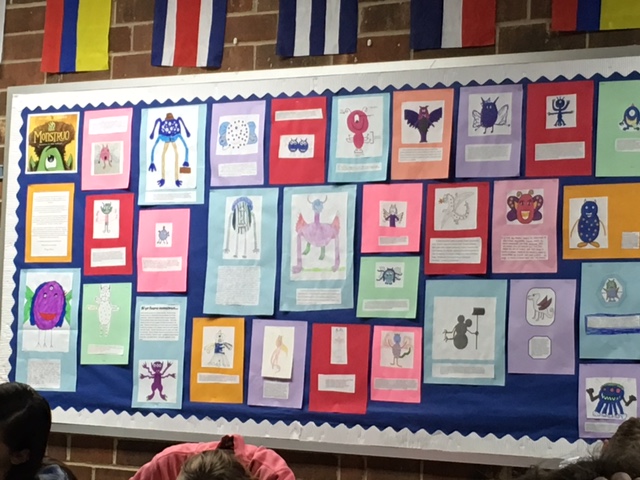I’m convinced that the band “Taking Back Sunday” was talking to a group of ragtag, tired teachers when coming up with their name. In the throes of DEVOLSON, it’s entirely plausible.
Taking Back Sunday is the mindset I adopted exactly five years ago today (thanks, Facebook “On This Day” feature!): to reclaim Sunday, which, at the time, was THE most stressful day for me professionally, no question. Sundays were for grading, planning, and panicking, period. Around, hmmm, 11am or so (right, teachers?), I started to feel and think, “Ohhh no, there goes the day… Monday’s coming…” and the panic would set in. ELEVEN. ELEVEN IN THE MORNING. What? Alas. I would get on my computer and start working, for pretty much the entire day thus taking time away from my family, hobbies, and sanity. On a micro level, my Sundays really stunk. On a macro level, that means I was teaching all week, then attending football games or the like Friday evening, getting Saturday to rest and recharge, only to work all day Sunday, miserably, while others went to church, hiked at the park, brunched, hung out with friends, relaxed, the list of fun Sunday activities goes on (again, thanks, Facebook, grumble grumble…).
One fateful Sunday, 4 DEC 2011, I happened to check my work e-mail (red sirens should be going off right now with a deep science laboratory voice, “Do NOT CHECK E-MAIL ON A SUNDAY, I REPEAT, DO NOT CHECK E-MAIL ON A SUNDAY.”). The e-mail at the top of my inbox was from my administrator, and it said that we needed to meet immediately to discuss a very, very serious issue.
As if the holy-crap-what-are-we-doing-tomorrow-in-class panic wasn’t enough, I then had holy-crap-am-I-getting-fired?! panic, too, having *zero* idea what this e-mail was in reference to. Long story short, it was nothing. Absolutely, ridiculously nothing. If I went into what had actually happened, you may not believe it anyway. The point is, if I read that e-mail on a Sunday today (impossible, since I no longer check it on the weekends), it wouldn’t faze me a bit, thanks to experience, maturity, and a grip on how well I’m doing my job. But at that moment, that school year, it was a fracture in my own personal feeling of competence.
Furthermore, I had just changed schools/districts/states, and one of the things I was lauded for the most was my communication with parents, both in quality and quantity. I really didn’t want to screw that up since it was a big part of how well I saw myself doing my job. Therefore, I felt I needed to be checking e-mail and such all the time, right?
As I typed this, I turned to my husband and asked, “Do you remember when I used to check work e-mail on Sunday and then work all day? Thoughts?” His response: “I don’t know, it made me feel like we didn’t have a weekend together, you know, and you seemed depressed and overwhelmed. I felt bad for you. You didn’t have any time for yourself.” Ouch. Sound familiar?
So, on Taking Back Sunday’s first studio album, here are the 5 top-hit tracks, i.e. what I personally changed:
Every Other Saturday: Every other Saturday, I go in for 3-4 hours and plan and copy for two full weeks, at the very least on a macro level. The micro stuff can come later, specific slides, games, materials, etc. as you adjust for your classes, assess, and so on. But the skeleton and then some is there, period. Talk about mental relief!
Can’t Check This: E-mail on Saturday and Sunday? Off limits! Heck, make that 5pm-7am on weekdays, too, DON’T DO IT. We aren’t missing anything. If something major happened, we’ll get it Monday morning or someone will text/call you, period. Don’t let FOMO bleed into your professional life and worry you into uncertainty. Do. Not. Check. It. And, to be honest, I deleted the work e-mail app off my phone entirely so that I wouldn’t be tempted.
The same goes for Remind.com messages with students, or other correspondence. My students know that if I do not respond to a message they’ve sent asking about something, I will get to it eventually. Sometimes I respond immediately, and sometimes I don’t – but I do not accept snark from them if it’s the latter, period, and I let them know it. It can be tough to not set an unsustainable precedent, but we must be unwavering in actively choosing when to respond and not, for our own personal sanity.
Shift Or Get Off The Pot: Decide if you want to change how you feel, and then shift your mindset. We can’t say we want something to be different if we don’t want to change our approach and how we look at said something. There are plenty of jobs that get paid to be on-call 24/7; teaching is not one of them. It just isn’t. The e-mails can wait, the grading and planning can wait (to a degree), and I didn’t really, REALLY agree with this until I shifted the paradigm that told me if I didn’t do X, Y, and Z, I was an incompetent teacher. That isn’t true, but in my head it was, and it defined whether or not I was giving 100% or not – an impossible personal standard that frequently left me feeling inadequate. Stakeholders deserve teachers with charged batteries, and we deserve that for ourselves, too.
Work S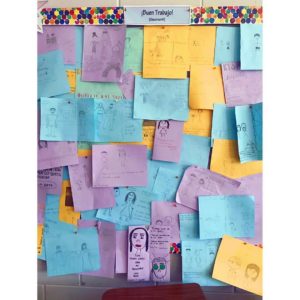 marter, Not Harder: As I’ve said before, each lesson/day/minute/nanosecond doesn’t have to be flashy and brand-spanking-new every time, it just plain doesn’t. And I love flashy, but I have to get over that sometimes. In fact, students benefit from repetition, we know this – be it the content or the structure of an activity with the content shifted, it doesn’t matter. So, in doing said planning, I started to re-use activities in ways I hadn’t before, because I felt they had to be different every time to be valuable and exciting. Furthermore, to that point, I began using student products to plan forward, for example: last Thursday we created dream and nightmare date scenarios using “have to” and “want”. I didn’t grade them, they were a formative assessment to see how we were doing. I then hung them up in the classroom with pushpins, and Friday, students pulled them down and we rotated them through class reflecting on each (who/what/when/where), 1 min. apiece. Poof, done – I didn’t have to create any materials because THEY already did, and they were compelling because students themselves make amusing and creative materials for each other. Furthermore, it was a thing I could take up, scan, reflect on, hang up, and not have to worry about grading – it doesn’t merit grading, and it’s important to decide what does and doesn’t. (Plus, now it’s an easy, quick display. Win!)
marter, Not Harder: As I’ve said before, each lesson/day/minute/nanosecond doesn’t have to be flashy and brand-spanking-new every time, it just plain doesn’t. And I love flashy, but I have to get over that sometimes. In fact, students benefit from repetition, we know this – be it the content or the structure of an activity with the content shifted, it doesn’t matter. So, in doing said planning, I started to re-use activities in ways I hadn’t before, because I felt they had to be different every time to be valuable and exciting. Furthermore, to that point, I began using student products to plan forward, for example: last Thursday we created dream and nightmare date scenarios using “have to” and “want”. I didn’t grade them, they were a formative assessment to see how we were doing. I then hung them up in the classroom with pushpins, and Friday, students pulled them down and we rotated them through class reflecting on each (who/what/when/where), 1 min. apiece. Poof, done – I didn’t have to create any materials because THEY already did, and they were compelling because students themselves make amusing and creative materials for each other. Furthermore, it was a thing I could take up, scan, reflect on, hang up, and not have to worry about grading – it doesn’t merit grading, and it’s important to decide what does and doesn’t. (Plus, now it’s an easy, quick display. Win!)
Gettin’ Picky With It: So having said that, revisiting formative and summative assessments around this time was also huge for me. (What can I say, 2011-12 was a reflective school year, ha!) We do not have to grade every single thing we collect, period. Nor should we. Feedback comes in many forms, and students value it most when it’s genuine, in any form, which doesn’t necessarily mean there’s a number or letter there. Be it comment, sticker, stamp, whatever, students seek validation for their hard work OR a push if it wasn’t their best (and they know it). Last week I collected those dream and nightmare dates, knowing they were formative and most would go directly into student file folders after I looked at them. I therefore made sure to nonchalantly, but publicly, comment on a couple that particularly tickled me to the creators themselves, for content, language use, or both. Students smiled, the comments were genuine, and I made sure others heard, too, to affirm that I look at everything they turn in (even if it doesn’t get a grade) and that it matters, just like they do, and our jobs do. Shifting to proficiency-based teaching helped with this enormously, and therefore relieved my to-do list, especially on Sundays. It all works hand-in-hand. We get more choosy with what we assess and therefore the quality increases and we can be more intentional with our time.
Teachers, by nature, are typically a generous bunch — but we need to keep ourselves in check, from time to time, that we aren’t being overly generous and giving too much of ourselves away. If you’re in the same boat I was (and I still have to keep myself in check!), I hope these tips help you in Taking Back Sunday. If you have more, please share them in the comments! Happy Sunday! 😊
